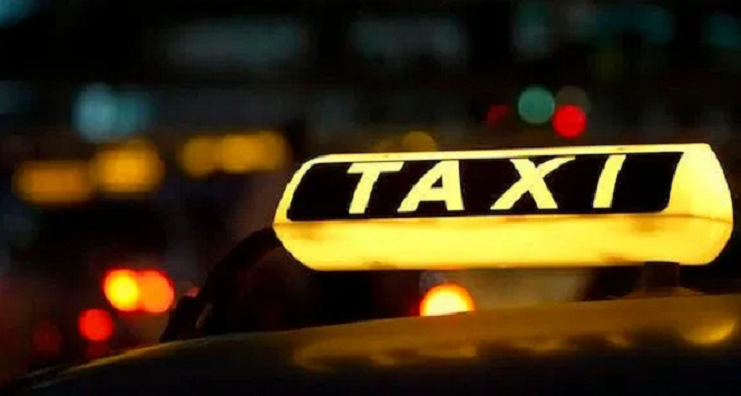Donegal has still not recovered its pre-COVID taxi driver numbers, new figures reveal, with no new taxi drivers registering in the past year.
There were 461 people with active SPSV driver licences in Donegal last year.
Back in 2019, the figure stood at 564.
Despite the growing population and tourism numbers, taxi growth is only concentrated in the Dublin area.
Regional analysis shows alarming declines since 2019, with driver numbers down nearly 20% across the border region counties of Donegal, Cavan and Monaghan.
Post-COVID, the figure in Donegal dropped to 470 by 2022 and remained stagnant at 461 since 2023.
“We are still facing a taxi shortage crisis,” said Adrian Cummins, CEO of the Restaurants Association of Ireland and founding member of the Taxis for Ireland Coalition. “It’s being hidden behind a modest urban recovery, but the reality in regional areas and at urban peak times is that people are stranded.
“In rural Ireland, hospitality businesses are being devastated. Without taxis, people stay home. The WAV rule is locking out the very drivers we need. We need a modern, flexible, and inclusive taxi system. Right now, the system works for no one – not the drivers, not the passengers, and not our economy.”
The Taxis for Ireland Coalition identifies the requirement for new taxis to be Wheelchair Accessible Vehicles (WAVs) as the primary barrier to new drivers entering the market. WAVs typically cost over €60,000, and grant assistance from the NTA is highly oversubscribed. In 2025, the WAV Grant closed within 15 minutes of opening, following similar occurrences in 2024 and 2023.
“The current requirement for all new taxi entrants to operate wheelchair accessible vehicles, while well-intentioned, is having the opposite of its intended effect,” says Kieran Harte, Head of Uber Ireland. “It’s creating a significant barrier for many would-be drivers who simply cannot afford or access these specialist vehicles. As a result, fewer new drivers are entering the industry, and the overall supply of taxis in Ireland is stagnating.”
The Taxis for Ireland Coalition is calling for the removal of the WAV requirement for new taxis, suggesting the grant be refocused for actual WAV users. They also want to modernise the driver test, especially geography sections, and for the government to aim to increase taxi numbers by 30% by 2027. Finally, they propose a national taxi strategy to improve rural access, grow the fleet, and address night-time availability.








